By Mayur Singh
“Mai afsane nahi likhta, afsane mujhe likhte hai” (I dont write the stories, it’s the stories around me which shape and write my destiny) —Saadat Hasan Manto
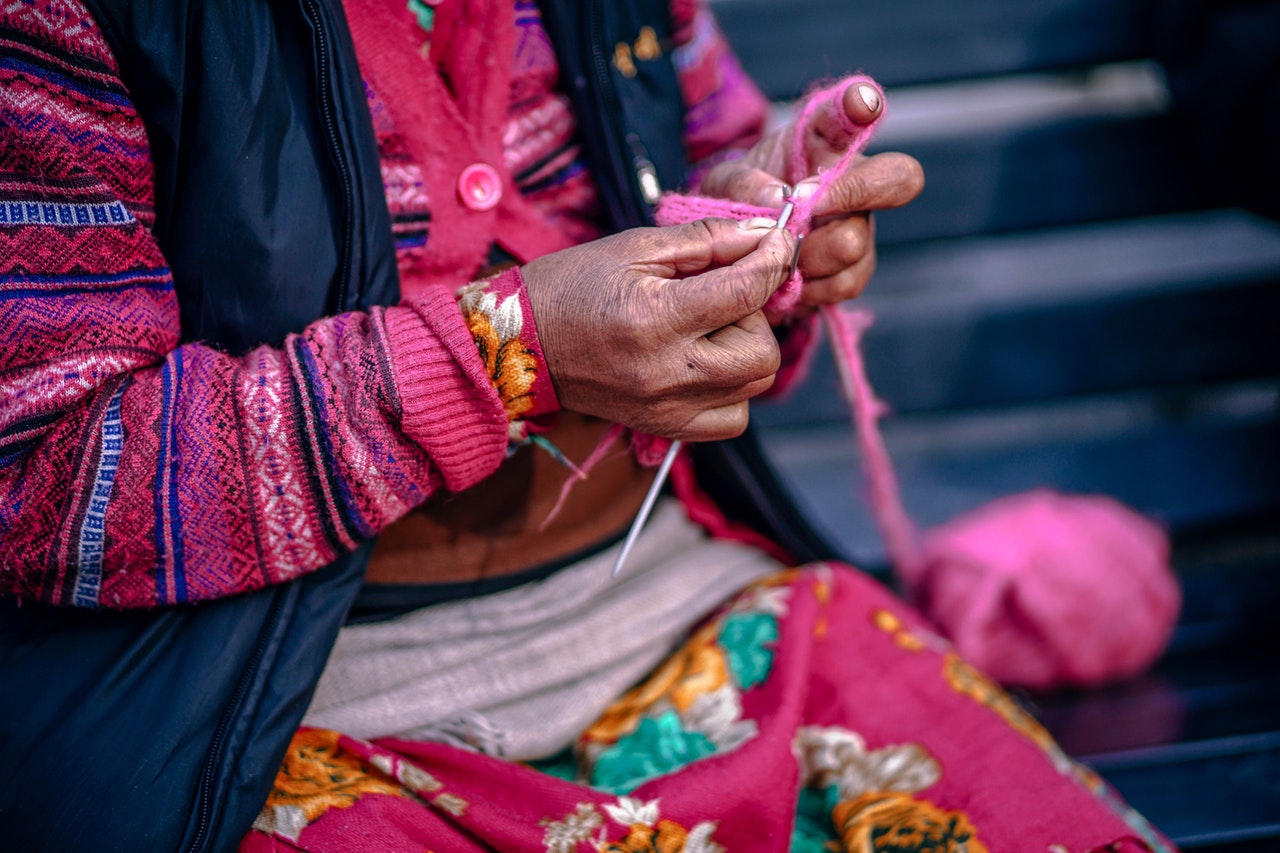
Photo by Fancycrave.com via Pexels
Looking back in history, it is hard to pinpoint exactly when and why people engaged in the arts. We know that cavemen used it to record and represent objects around them, but also that over time the arts came to be appreciated as a reflection of the skills and creative genius of their creators. The arts has also been used by governments to reflect the views of the state. During the Nazi Germany era, art pieces propagated the beliefs of Hitler, while in Stalinist Russia the public was exposed to imagery depicting content peasants, industrious workers and demi-god-like portrayals of Stalin.
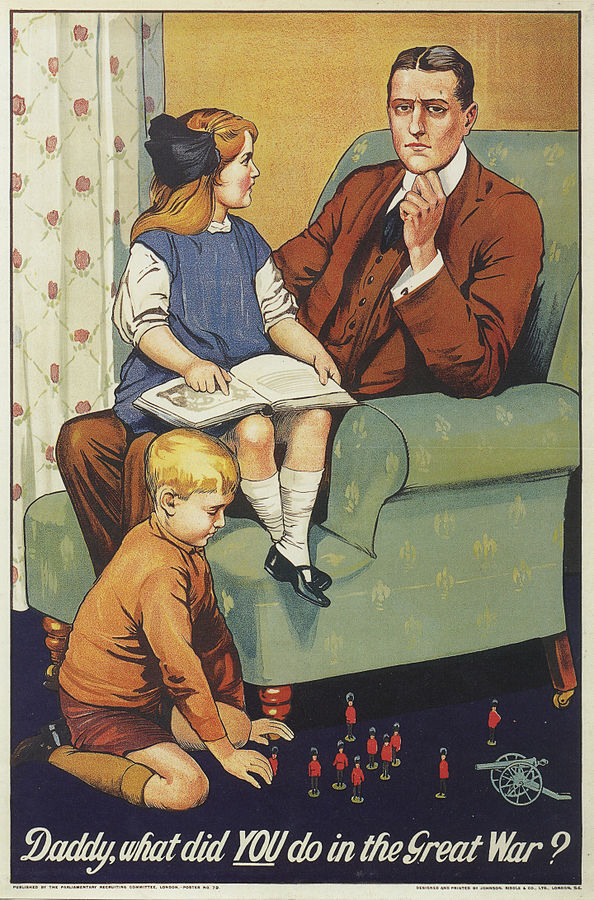
First World War recruitment poster, playing on the guilt of those who did not volunteer. Public domain. Source: Wikipedia
Simply put, the arts pervades almost every aspect of our lives, from the clothes we wear and the buildings in which we live, to the books we read and the music we listen to. It is one of the four things—apart from faith, hope and love—that helps individuals and societies define meaning and purpose without the need for words.
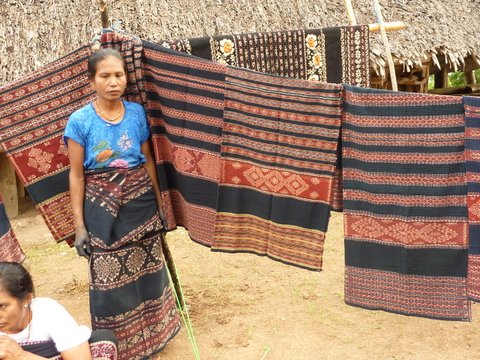
Weavers from Savu Island using ikat1 to document their history Source: Coopita
Even in remote corners of the world, art is a powerful way to express beauty while documenting unique histories and cultures. In Savu, Indonesia, a simple drape of cloth showcases the entire maternal lineage of a family, while textile art pieces from India—studied over a period time—depict traders arriving with different products. Similarly, batik 2 motifs on an Indonesian fabric may appear unassuming, but look more closely and one sees that they also tell a story. Rifaiyah batik, originating from a community from Central Java, are a case in point. The designs are inspired by the teachings of the Javanese poet, KH Ahmad Rifai, and reflect their makers’ (often women) views and interpretation of the poetry.
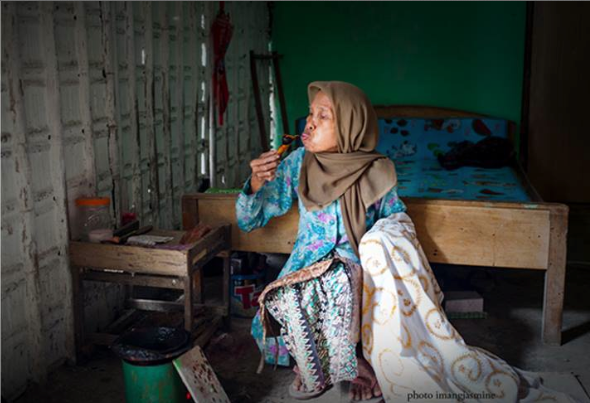
A Rifaiyah batik artisan at work. Source: Coopita
Engagement in some sort of art form is also believed to be beneficial to one’s mental health. 3 Around the world, art therapy is a common component within the practice of psychotherapy, including at Singapore’s Institute of Mental Health. 4 Expressive art therapies can also uplift trauma sufferers—for instance, the creative programmes offered by Art to Healing, 5 an Australia-based organisation, support human trafficking victims in their emotional and psychological recovery. The therapeutic properties of art are not just helpful for mental health sufferers, however. For some people, an artistic endeavour is simply an activity that relaxes the mind. Some years ago, I met an elderly basket weaver in the Philippines, who continued to weave despite her failing eyesight. When I asked why she did not give up weaving, she said enjoyed the meditative aspect of the act, as well as the sense of satisfaction it brought her.
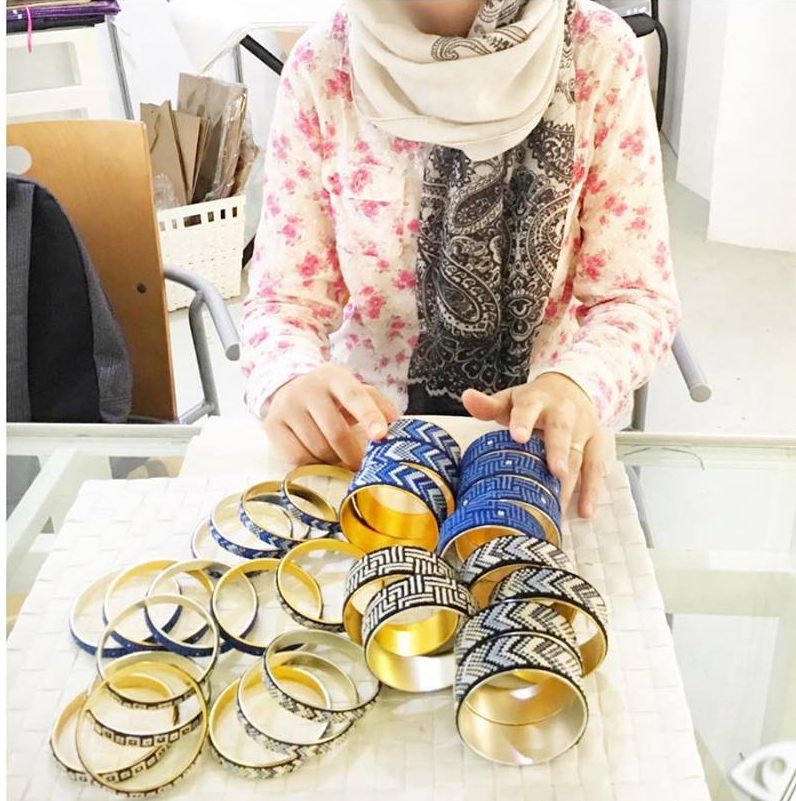
Handcrafted bangles. Source: Earth Heir
I discussed earlier how the arts (visual forms as well as craftsmanship) was a powerful communicator that transcended the need for words. However, in the case of literature and film, the pen can indeed be mightier than the sword. Recently, when I attended the South Asian Film festival, I was reacquainted with the works of the late Saadat Hasan Manto (“Manto”), an acclaimed writer, playwright and author from Pakistan. Manto’s films and writings—some gory and controversial—have sparked conversations about religion and social norms, and held up a mirror for society to confront its issues head on. D.H. Lawrence’s Lady Chatterley’s Lover is another powerful example of how an art form (literature) can impact society (English society, and later the world). 6 The book, which describes in explicit detail the extramarital affair of a noblewoman, was deemed deeply offensive in aristocratic Britain. Originally published in 1928, it was banned until its re-release in 1960 by Penguin. Despite the decades between both editions, the Penguin edition was also met with a lot of opposition, but it ended up encouraging open discourse on class, gender, marriage and sexuality, and galvanised the arts sector to stand for the right to express the truths of their society. Lady Chatterley’s Lover is considered to have played a role in some of the UK's reforms, such as ending stifling censorship of theatre, and the decriminalisation of homosexuality and abortions. 7
Today, the global arts industry is thriving. At the 2018 AVPN summit, Glen Mehn from Nesta described this sector as one of the fastest growing, most gender-balanced, and one whose growth had a positive impact on other industries. 8 According to a 2015 UNESCO report, the creative economy employed around 30 million people worldwide and generated US$2.25 trillion in revenue in 2013 alone. This amount exceeds the GDPs of India, Russia or Canada. 9 And these figures do not factor in the value created by the crafts industry, which is the biggest employer in emerging nations, after agriculture. 10 However, despite its tremendous potential, the arts remains an underfunded sector in many countries, including Singapore. 11 This is largely because it is challenging to accurately determine the scale of its impact. An outcomes-based approach may work better for “tangible” type art forms like music and artisanal products, but when it comes to installations, paintings and books, impact becomes much harder to measure. In essence, the very strength of the arts (to go beyond the written word and create an impact) is also a weakness when it comes to impact measurement, because these outcomes are often qualitative in nature. This could negatively affect the level of arts funding from capital providers, who find it hard to consistently measure, quantify and evaluate its economic and social value.
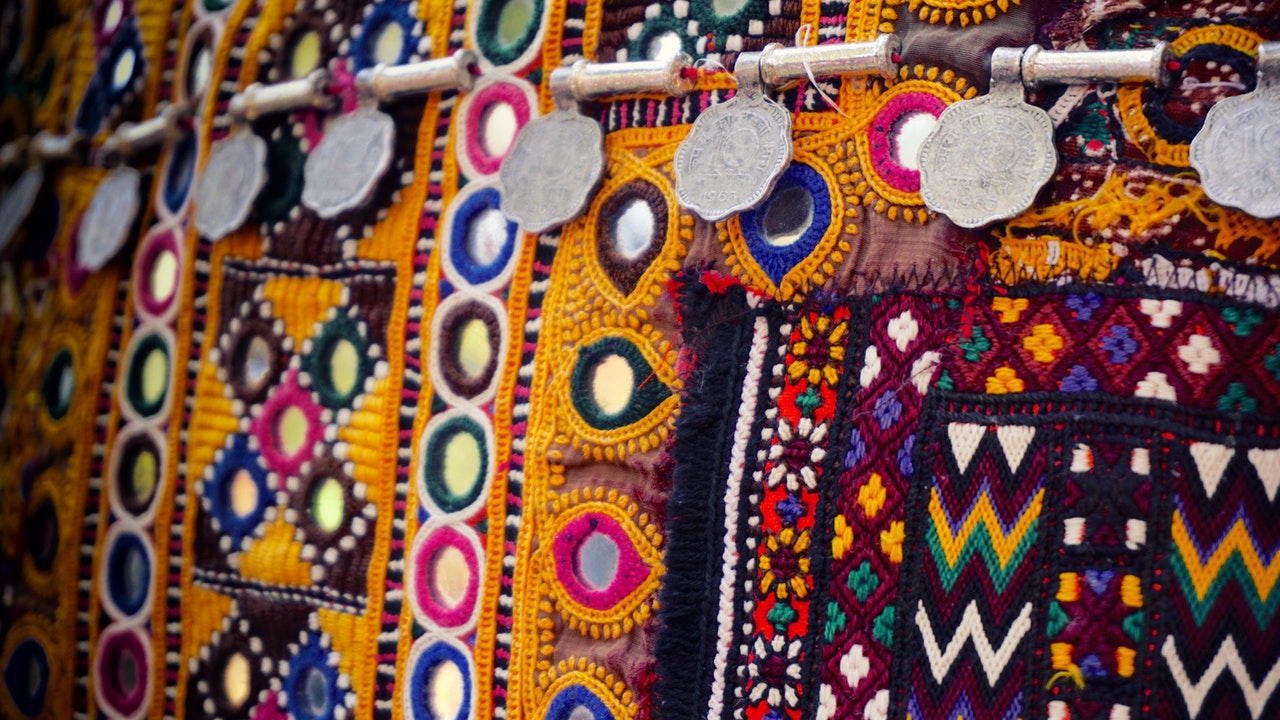
Photo by Digital Buggu from Pexels
However, I believe that finding proxies for qualitative outcomes is one feasible solution. For example, if the output of an art activity is improvement in one’s mental health, then possible proxies could be: change in the time they spend socialising, their level of use of mental health services and extent of participation. Over time, these proxies may lead to better and much improved indicators which can mimic closely the qualitative outcome(s). Last year, while working with an artisanal tribe in Southeast Asia, I faced the challenge of finding an apt proxy to measure the impact of our work. The majority of the artisans in that community were women, so in order to assess impact, we had to examine how our work was elevating the status of women in their households. Our first step was to measure the increase in stable income of the female artisans; however, over a period of time, we realised we had not captured other data such as whether we had helped these women improve their status at home or if they had gained more self-confidence and resilience. Upon further research, we found one of the root indicators to be the percentage of household income contributed by the female artisans. It served as a proxy for their family members’ level of dependence on the women’s income, which we equated with household status. It may not have been the perfect indicator, but this helped us to refine and improve our approach when designing training programmes for these artisans.
The relationship between the arts and society is a symbiotic one: both will always hold up a mirror against each other. However, what may change with time are artistic mediums, creative expressions, and impact measurement methodologies. The importance of the last point cannot be overstated: how we define and document artistic impact will be key to ensuring the arts (in all it forms) endures and evolves.
Notes
- A dyeing technique used to pattern textiles.
- A technique of wax-resist dyeing applied to whole cloth, or cloth made using this technique.
- Heather L. Stuckey and Jeremy Nobel, “The Connection Between Art, Healing, and Public Health: A Review of Current Literature”, Am J Public Health 100, 2 (2010): 254–63.
- Institute of Mental Health, “Art Therapy”, Brochure, https://www.imh.com.sg/uploadedFiles/Publications/Service_Brochures/Art%20Therapy%20Brochure_Jun15.pdf
- Art to Healing, “Expressive Art Therapies”, https://www.arttohealing.org/expressive-art-therapies-2
- Michael Dunn, “What Is the Relationship between Art and Society?”, Theory of Knowledge, 10 May 2013, https://www.theoryofknowledge.net/areas-of-knowledge/the-arts/what-is-the-relationship-between-art-and-society
- Geoffrey Robertson QC, “The Trial of Lady Chatterley’s Lover”, The Guardian, 22 October 2010, https://www.theguardian.com/books/2010/oct/22/dh-lawrence-lady-chatterley-trial
- AVPN, “The Power of the Arts to Strengthen Communities, Create Sustainable Livelihoods and Drive Social Change”, AVPN Conference 2018 Session Notes, https://2018.avpn.asia/wp-content/uploads/sites/14/2018/07/0.4.5-Final-Edit-The-Power-of-the-Arts-to-Strengthen-Communities-Create-Sustainable-Livelihoods-and-Drive-Social-Change.pdf
- CISAC and EY, “Cultural Times: The First Global Map of Cultural and Creative Industries”, December 2015, http://www.unesco.org/new/fileadmin/MULTIMEDIA/HQ/ERI/pdf/EY-Cultural-Times2015_Low-res.pdf
- Ross Wyatt, “Measuring What Matters: Social Impact in the Arts Sector”, Presentation, September 2014, https://creative.vic.gov.au/__data/assets/pdf_file/0004/60439/Measuring_What_Matters_Ross_Wyatt_Presentation_September_2014.pdf; Joshua Guetzkow, “How the Arts Impact Communities: An Introduction to the Literature on Arts Impact Studies”, Working Paper Series, 20, Centre for Arts and Cultural Policy Studies, Princeton University, https://www.princeton.edu/~artspol/workpap/WP20%20-%20Guetzkow.pdf
- Olivia Ho, “Why Is State Funding Needed for Our Arts Scene yo Thrive?”, The Straits Times, 24 July 2017, https://www.straitstimes.com/opinion/why-is-state-funding-needed-for-our-arts-scene-to-thrive
 |
Mayur Singh is the cofounder of Coopita. With almost a decade of experience in investments, turnarounds and building new business, Mayur’s passion to create a business with impact, combined with his love for Asian crafts, prompted him to co-found Coopita. He can be reached at mayursingh@coopita.com About Coopita Coopita is a Singapore-based platform focused on preserving the traditional crafts of Asia. Its unique integrated model not only provides market access to artisans across the region, but also offers artisans project-based advisory support to enhance their capabilities and eventually have stable livelihoods. As an impact-driven enterprise, Coopita works with artisan organisations across 10 Asian countries. Its vision is to showcase ethical and sustainable artisanal work from Asia to the entire world. Visit www.coopita.com to find out more. |






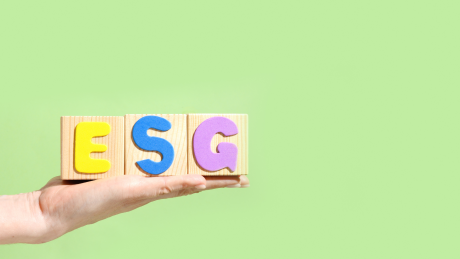

Comments